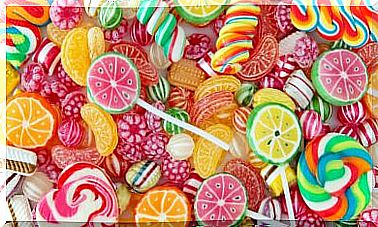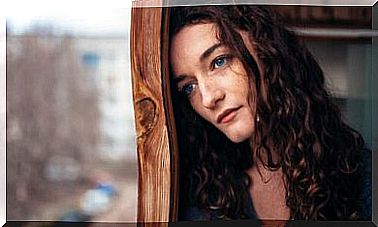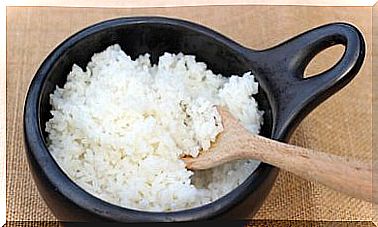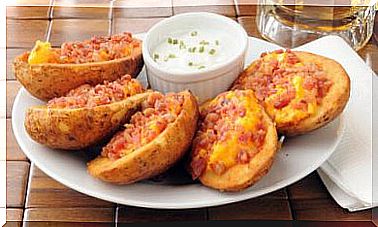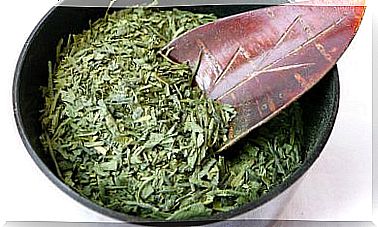7 Eating Tips For 3-year-olds
From the age of 3, children’s eating habits and nutrition begin to change. It is important to know how to design a quality diet to avoid deficiencies and problems in development.
Adequate nutrition in the first years of life is decisive for optimal development of children’s physical and mental abilities. For this reason, it is normal that we have doubts about how to plan their feeding for children of 3 years.
During the first year of life, breastfeeding is still recommended, as long as it is possible and that the little one wants it. In addition, since then it is necessary to introduce other foods into the diet, since nutritional needs have increased over the years.
How should the calories be distributed? What should the restrictions be? We know that many parents still do not answer these questions. Bearing in mind that improvisation is not worth it, below we want to share the best feeding tips for 3-year-olds.
What should you know about feeding for 3-year-olds?
One of the changes that 3-year-old children undergo is that they begin to eat 4 meals a day. In fact, this recommendation can begin to be implemented from 2 years of age, as the pediatrician considers it.

As the child enters a more active phase of development, caloric needs increase. However, it is vitally important to know how to distribute the caloric intake, since the eating habits that are acquired at this age are a guide for later years.
Nutritional Needs for 3-Year-Olds
- Calories: 1,300-1,400 Kcal / day.
- Proteins: 30-40 g / day.
- Carbohydrates: 130-180 g / day.
- Fat: 45-55 g / day.
Daily caloric intake for each dish
- Breakfast: 25%.
- Food: 30%.
- Snack: 15%.
- Dinner: 30%.
Another aspect that should be paid attention to is the eating behaviors that children are acquiring. At this age it is common for them to be capricious and monotonous with a preference for certain foods. It is important to ensure a balanced diet to avoid nutritional deficiencies.
Paying special attention to their sweet demands can have negative consequences in the medium and long term. In fact, regular consumption of simple carbohydrates has been shown to increase the risk of developing diseases.
The best feeding tips for 3-year-olds
Feeding for 3-year-olds begins to change substantially. Since they already have the ability to bite and chew, different foods can be incorporated at this stage. Here we share some generalities of the diet that can be taken into account.
1. Give him a daily breakfast

Breakfast is a meal that may be unbalanced, since industrial products sometimes appear in it. For this reason, our first eating tip for 3-year-olds is to design a complete and balanced breakfast every day.
- The consumption of whole grains, fruits and dairy products is ideal for this meal.
2. Limit the consumption of processed foods
Good eating habits are taught early. Therefore, it is essential to avoid as much as possible the consumption of precooked food, canned food or any type of processed and refined food.
- Fast foods, sausage meats and industrial bakery products should be excluded.
According to research published in The American Journal of Clinical Nutrition , consuming processed foods increases the risk of disease and mortality.
3. Do not force meals
If children refuse food, they should not be forced to eat it. Now, parents are the ones who decide what variety and quality of food to incorporate into their diet. It is not about forcing them to eat, but neither is it about creating whims.
4. Avoid nuts
Almonds, walnuts and all kinds of nuts can be harmful in the diet for children from 3 years. Although they are foods full of essential nutrients, they are dangerous because they can cause choking.
5. Eat often
Children need to eat often to meet their needs. The problem is that many parents calm their desire to eat with snacks that do not provide them with good nutritional values.
- It is important to choose nutritious and healthy foods to replace those salty packaged snacks .
6. Avoid sugary drinks
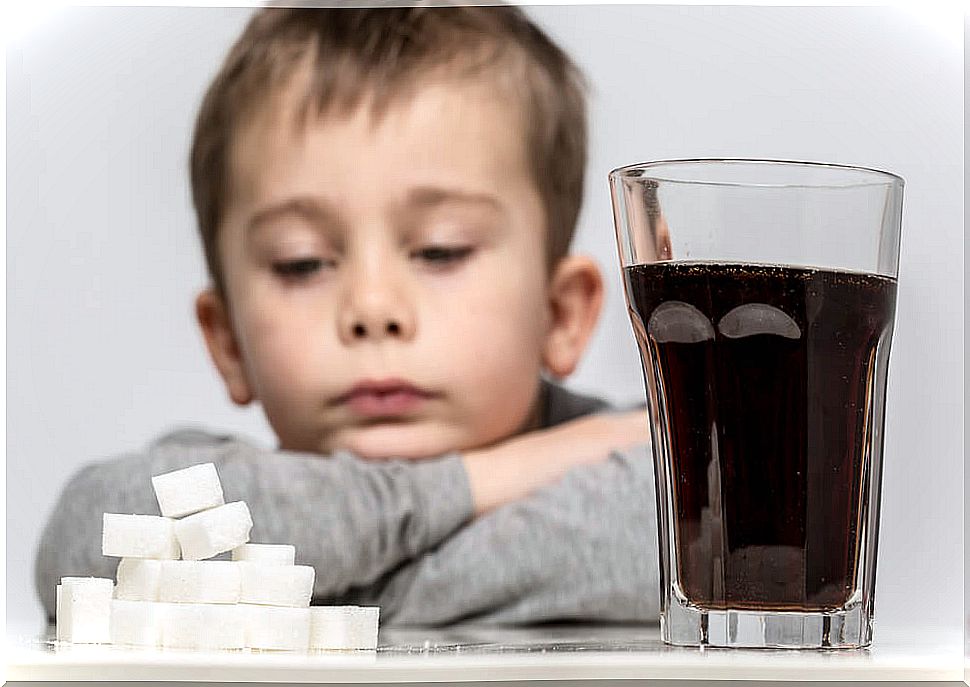
All varieties of sugary drinks are attractive to young children. If they taste good to us, they taste much more. But being aware of how harmful they can be to health, they should be avoided within the diet.
- For no reason should this type of liquid be used in the bottle. Whenever you want a different alternative, it is better to go for natural juices.
Remember that science has shown that sugary drinks increase the risk of developing metabolic diseases.
7. Do not reward with food
One of the big mistakes made when feeding young children is using food as a treat. Careful! This can lead to capricious behaviors that later lead to headaches. After good behavior, avoid treats like sweets or “trinkets.”
- Kind words or sharing a game are good ways to praise them.
Take care of the feeding of 3-year-olds
As parents, it is essential to guarantee a balanced and complete nutrition from the first stages. Choosing good quality foods and making an optimal combination of them helps to guarantee the daily caloric intake that the little ones require.
